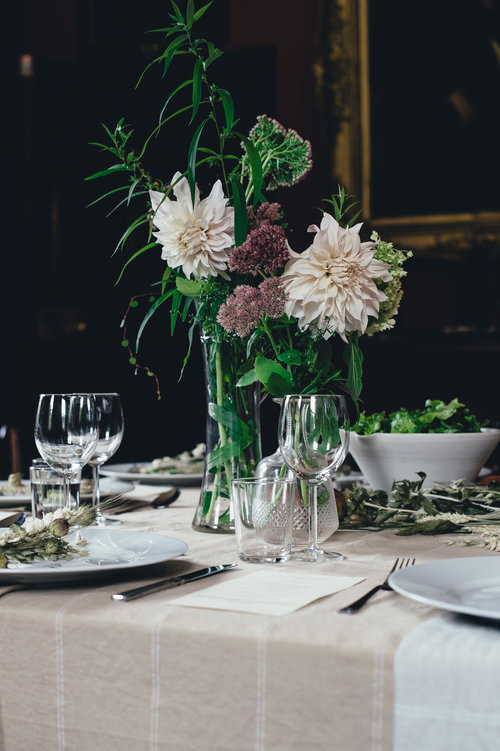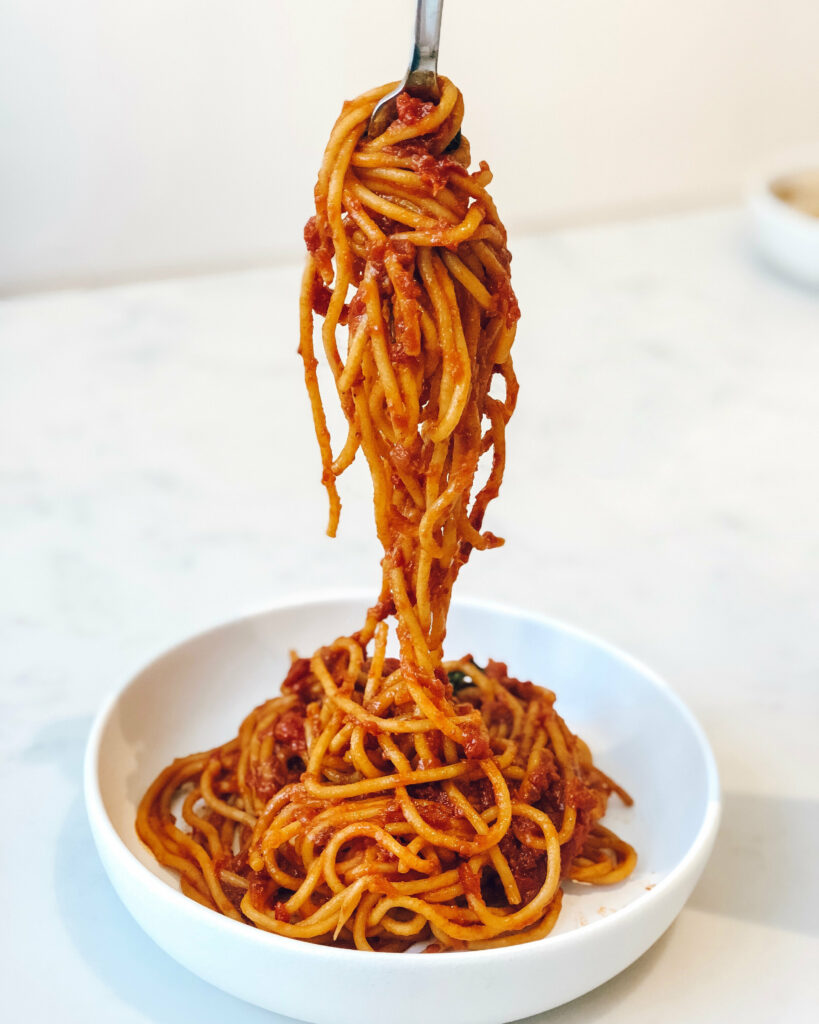
It’s party planning season, and with the holidays coming up, we decided to put together the perfect Lazio-inspired menu for you to explore. Lazio can be a bit off the beaten path for tourists visiting Italy, but its contribution to Italian food culture as a region can not be overstated. Some of Italy’s most iconic dishes hail from this area, which is steeped in tradition and history. There are little towns within the Lazio region that have made a name for themselves globally, such as Amatrice (where sugo all’Amatriciana comes from) and Frascati.
WINE COURSE 1: MEET LAZIO’S FAMOUS FRASCATI DOC
Frascati is a town located just outside of Rome famous for one of Italy’s first DOC wines, the eponymously named Frascati DOC. Historically, Frascati DOC is one of Italy’s most exported wines. It’s known for its golden, straw flavour. Globally, it is available as Secco, which is a dry version of Frascati. If you’re ever in the region, try out the medium-sweet variety called Amabile.
ANTIPASTI: TASTE WHAT LAZIO IS FAMOUS FOR

Lazio is famous for its artichokes, so we definitely recommend procuring some preserved artichokes from the region and including them in your antipasto platter.
We also recommend susianella, the original zero-waste sausage. This pork offal sausage includes less popular cuts like heart, liver, pancreas, belly, cheek and others. They are seasoned with fennel, peperoncino, salt and pepper, then cured, coming together to deliver an earthy and complex flavour.
Next, source a locally made caciotta or two. Not sure what that is? Scroll through this post to learn all about them. In that post, you’ll also see coppiette, chewy jerky-style pork salumi that is a true delicacy of the region. You’ll definitely want to serve these.
PASTA: COME WITH US TO AMATRICE

We’ve chosen to pair this first course with bucatini all’Amatriciana, building on the flavour profiles introduced during the antipasti course. The town of Amatrice takes this recipe very seriously, endorsing six ingredients that equal a true Amatriciana: guanciale (pork jowl), Pecorino Romano cheese, white wine, San Marzano tomatoes, pepper and chili. No garlic. Choosing bucatini, a spaghetti-like pasta with a hole running through the center, makes this dish extra delicious. Where regular noodles just get coated on the outside, bucatini gets coated and filled with sauce.
In the mood for something creamy instead? Check out our recipe for Cacio e Pepe, another Lazian staple. Can’t decide? Check out our recipe for Pasta alla Zozzona, another Lazian specialty combining Cacio e Pepe, Carbonara and Amatriciana into one!
WINE COURSE 2: BRING ON THE CESANESE!

Lazio’s signature red grape is Cesanese, and boy, is it ever delicious. We’re introducing it here as it is the perfect pairing for a rich, meaty dish (coming up next). This grape variety expresses itself through ripe cherry flavours and floral notes, which are intensified when paired with the right dish. There are tannins, so be prepared to pucker up! Cesanese is falling into obscurity within the wine world, so you’ll have to do your homework to figure out where to find it. It’s worth it, we promise.
MAIN COURSE: VEAL SALTIMBOCCA
Veal saltimbocca is one of those “where have you been all my life?” dishes. Saltimbocca literally translates to “jumps in your mouth” in Italian, and it does exactly that. The flavour combination of veal, prosciutto and sage literally soars. For this dish, veal cutlets are pounded thin, wrapped with prosciutto and sage, then dredged in flour and fried until crisp. Next, the pan is deglazed with white wine to create a sauce. This is an ideal thing to serve at a dinner party because, with proper preparation and attention to technique, this striking and delicious dish is quick and easy to make.
THE DOLCE: GET FESTIVE WITH PANGIALLO
With the holidays approaching, we’re shouting out pangiallo, a traditional Lazian Christmas cake. It’s usually prepared on the day of the winter solstice as a wish for a return to sunny days. Its ingredients include candied fruit, pine nuts, hazelnuts, walnuts, almonds, raisins, honey, orange and lemon peel and chocolate. A saffron glaze to finish off this cake takes it to the next level. It’s a must-try in the winter months.



Add a comment